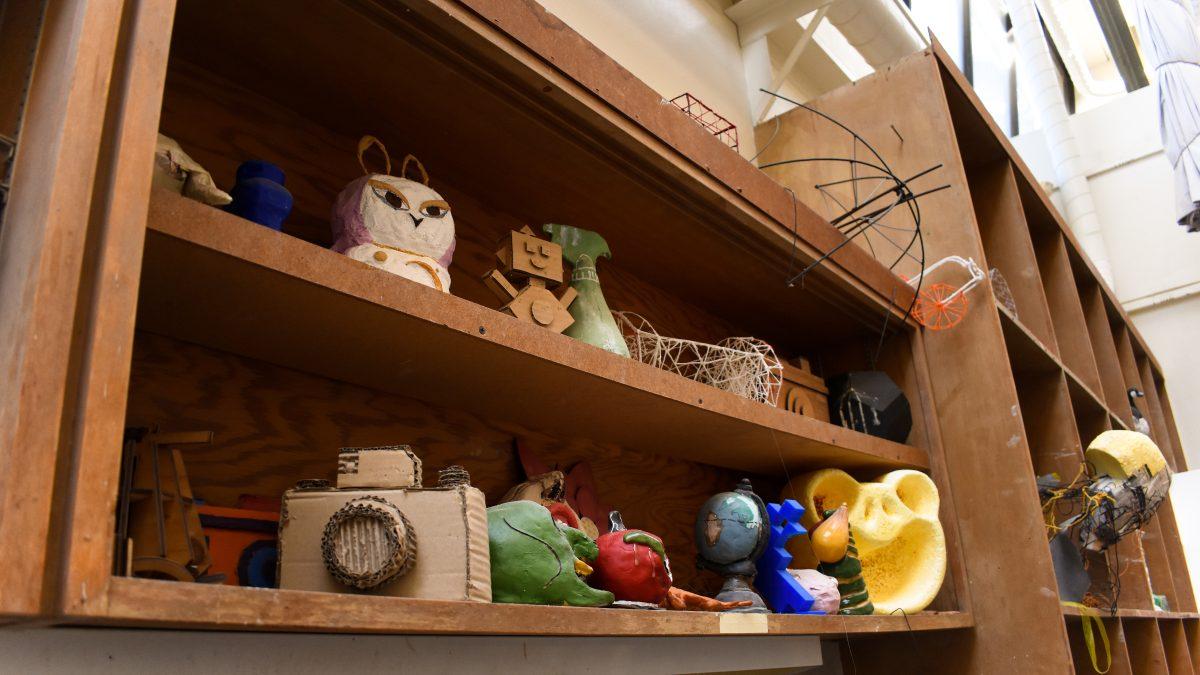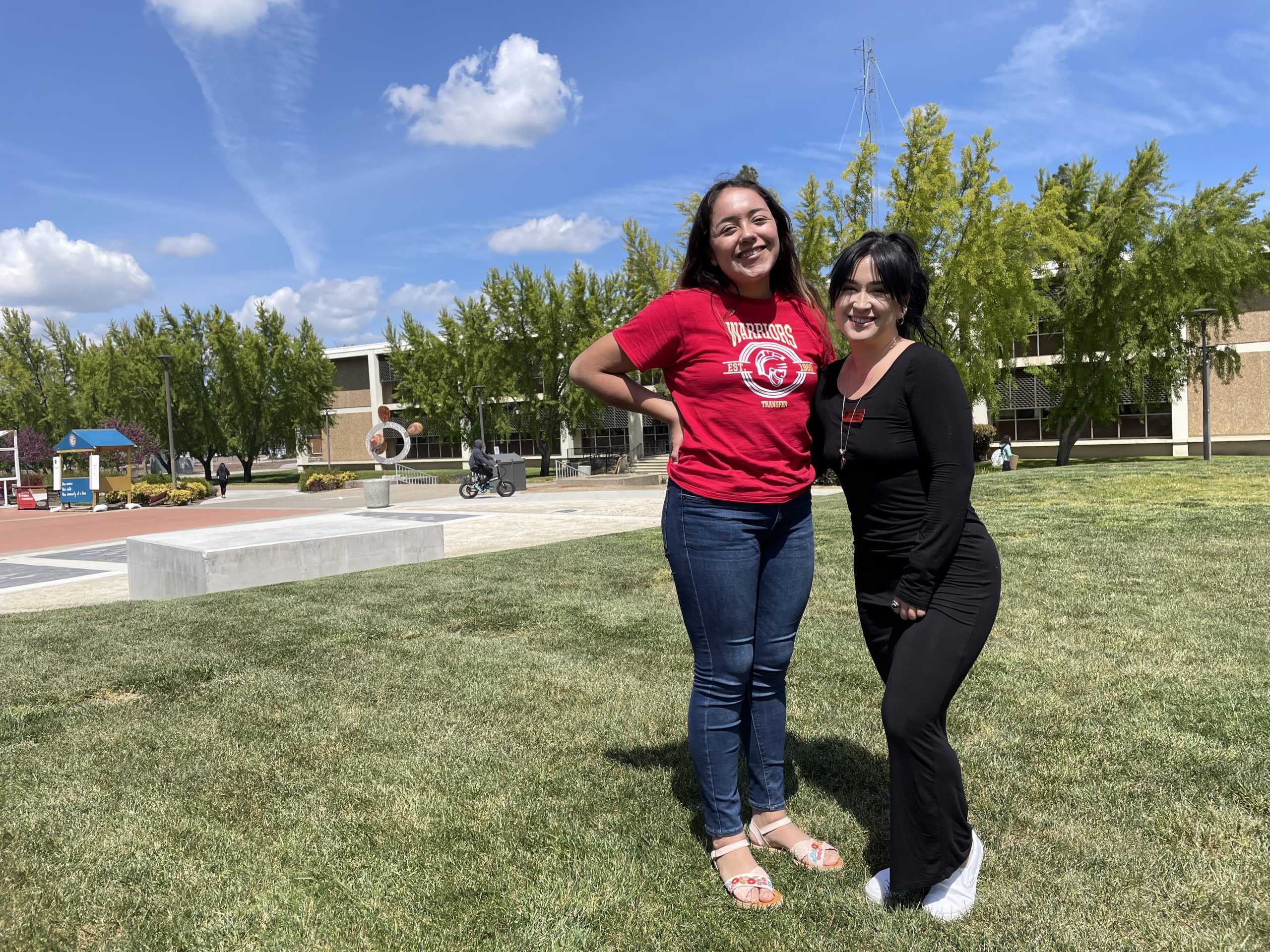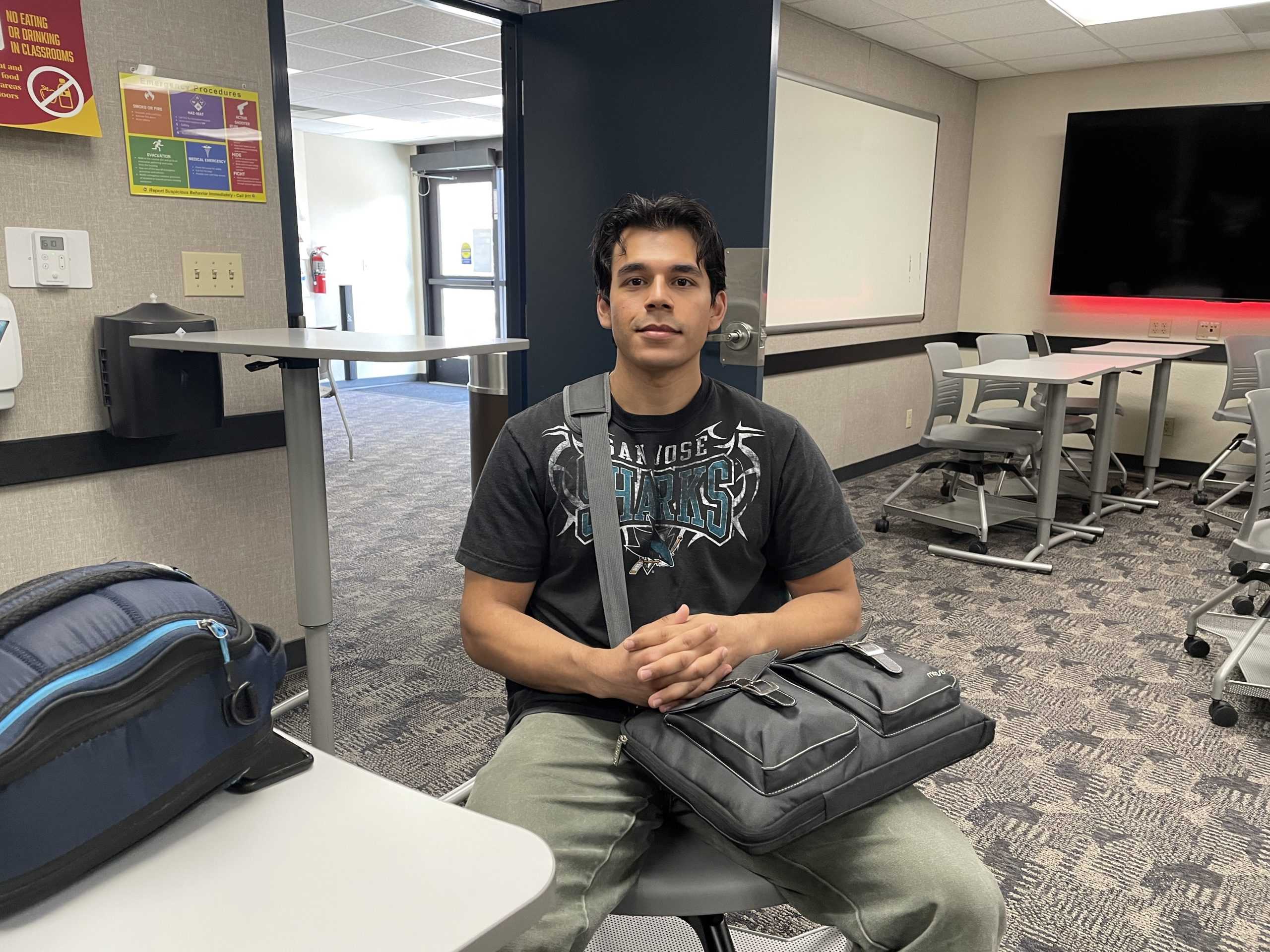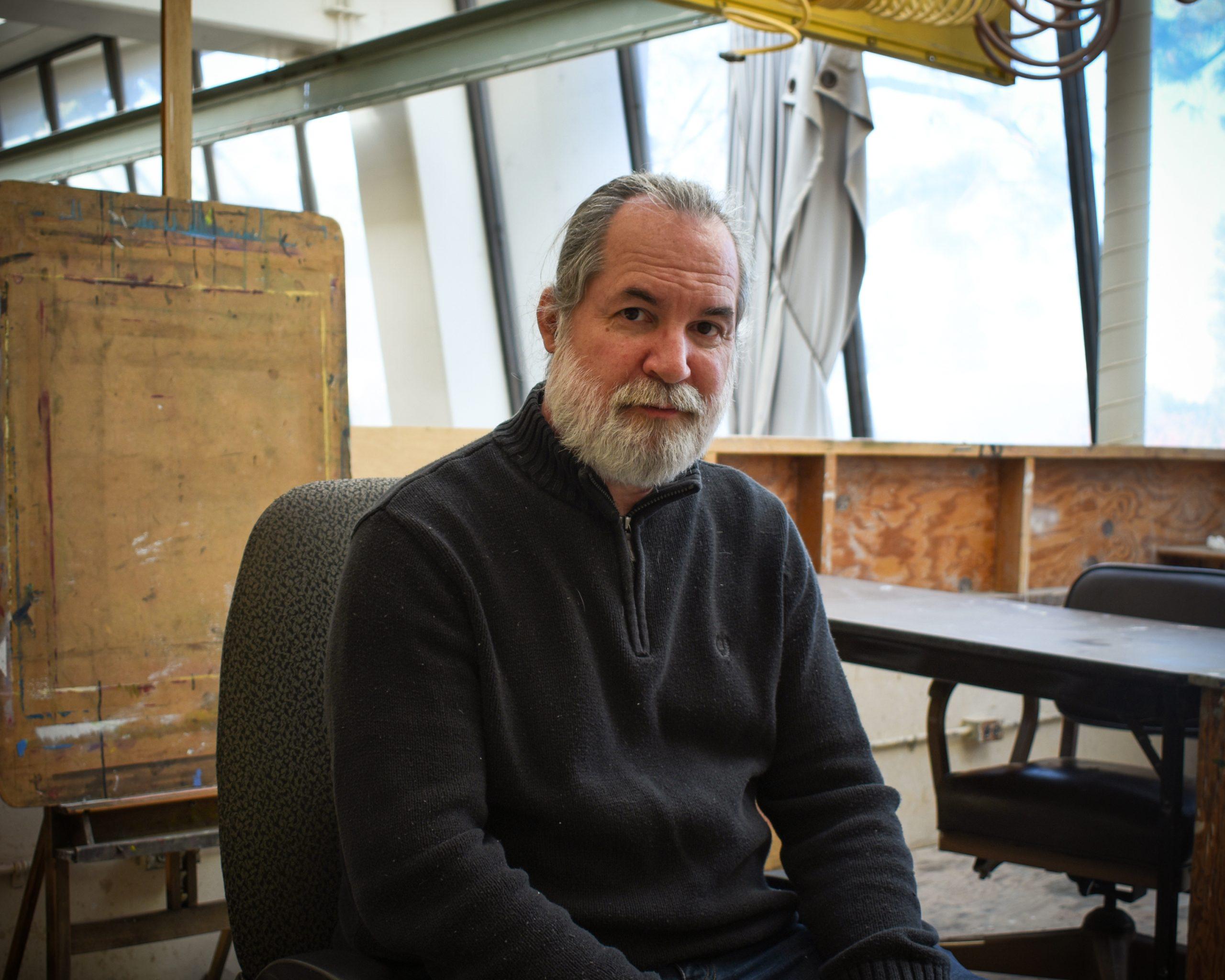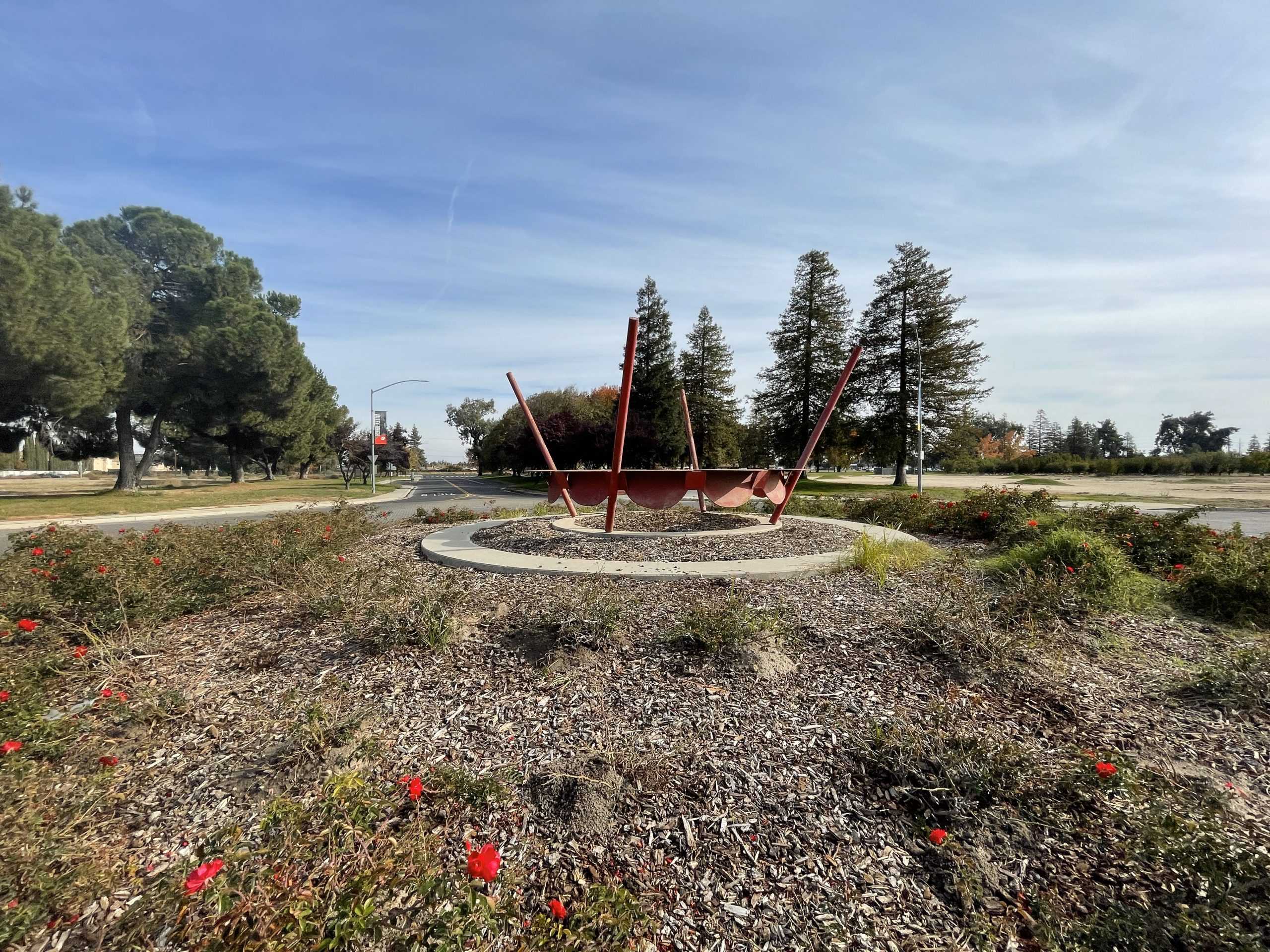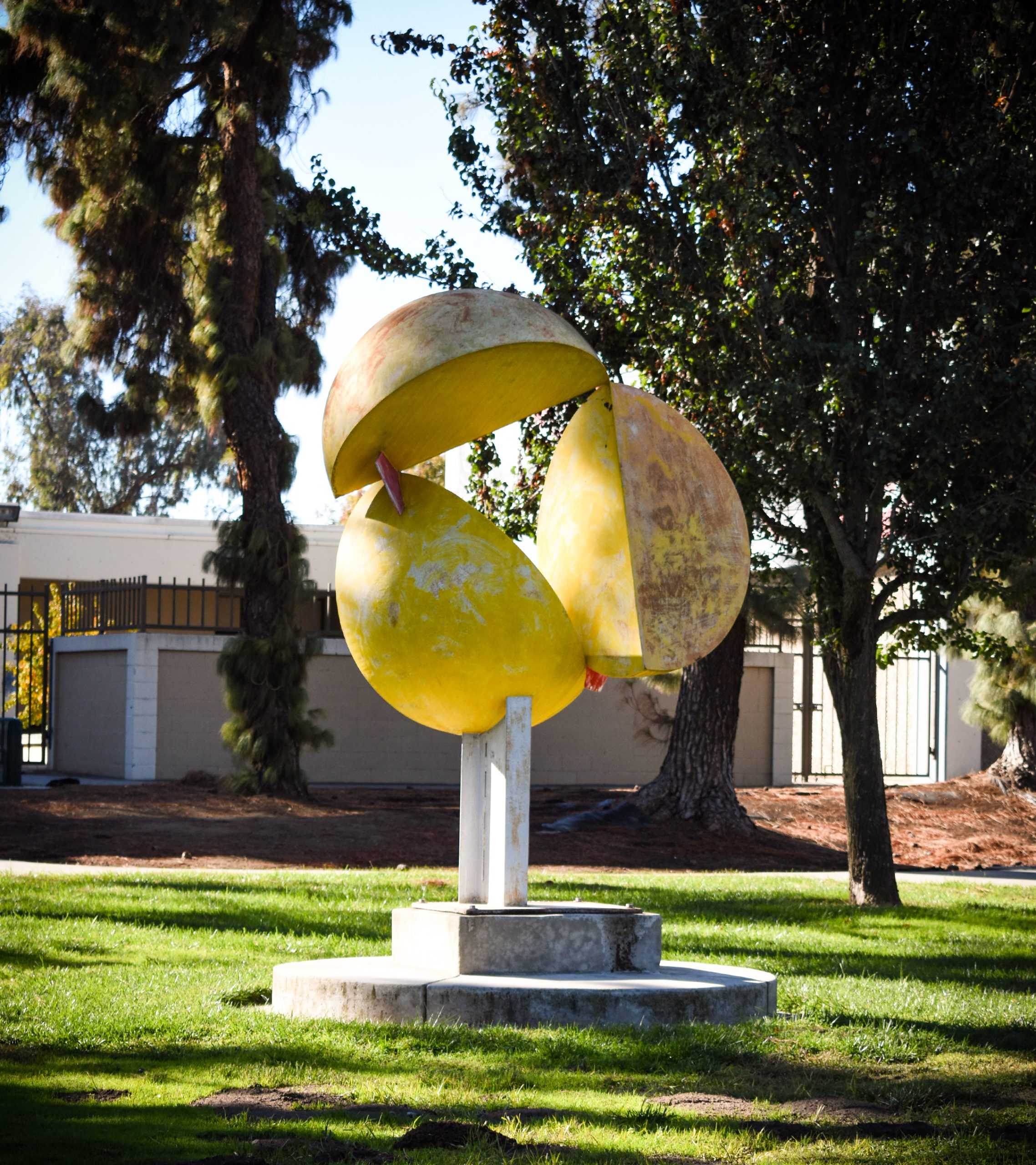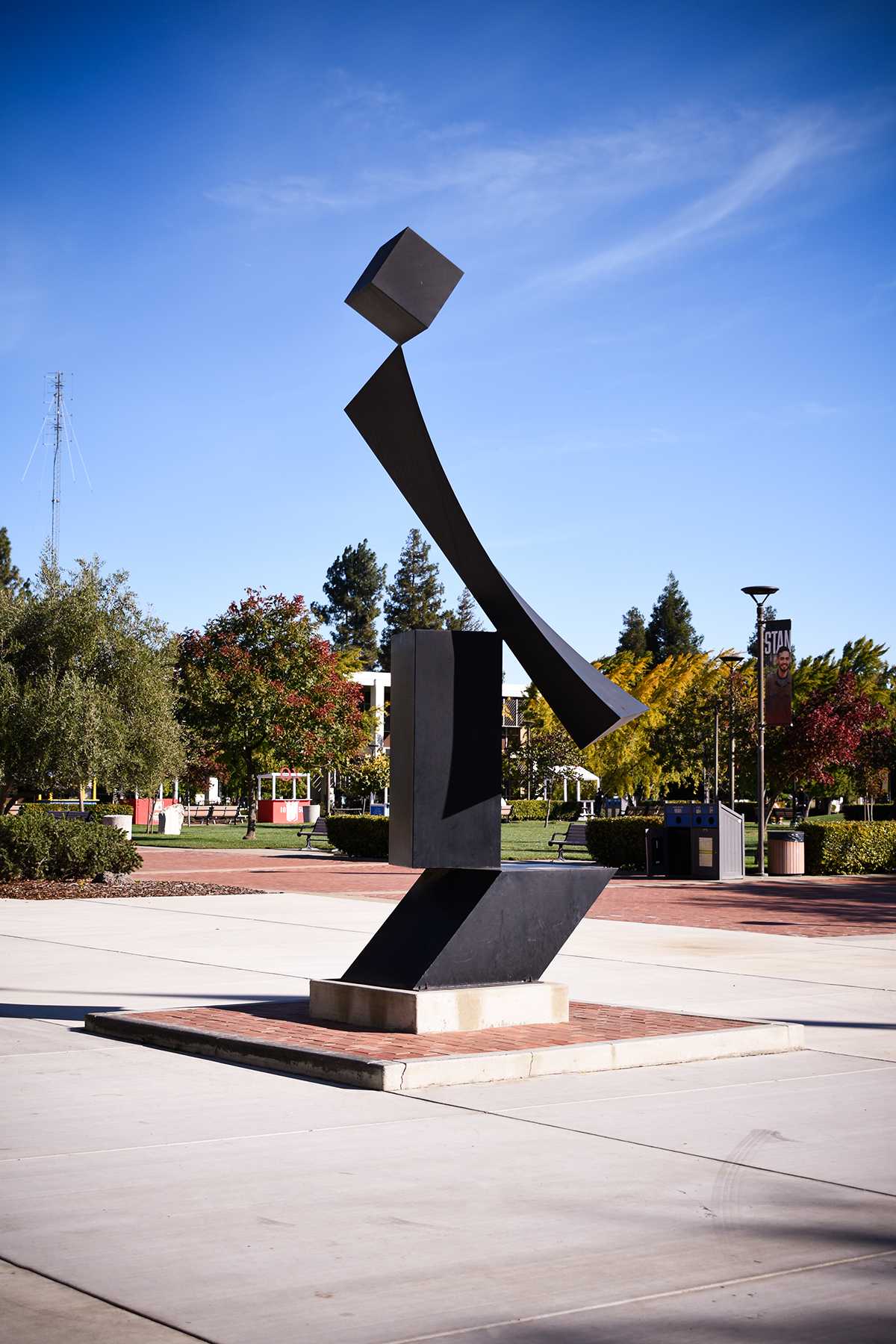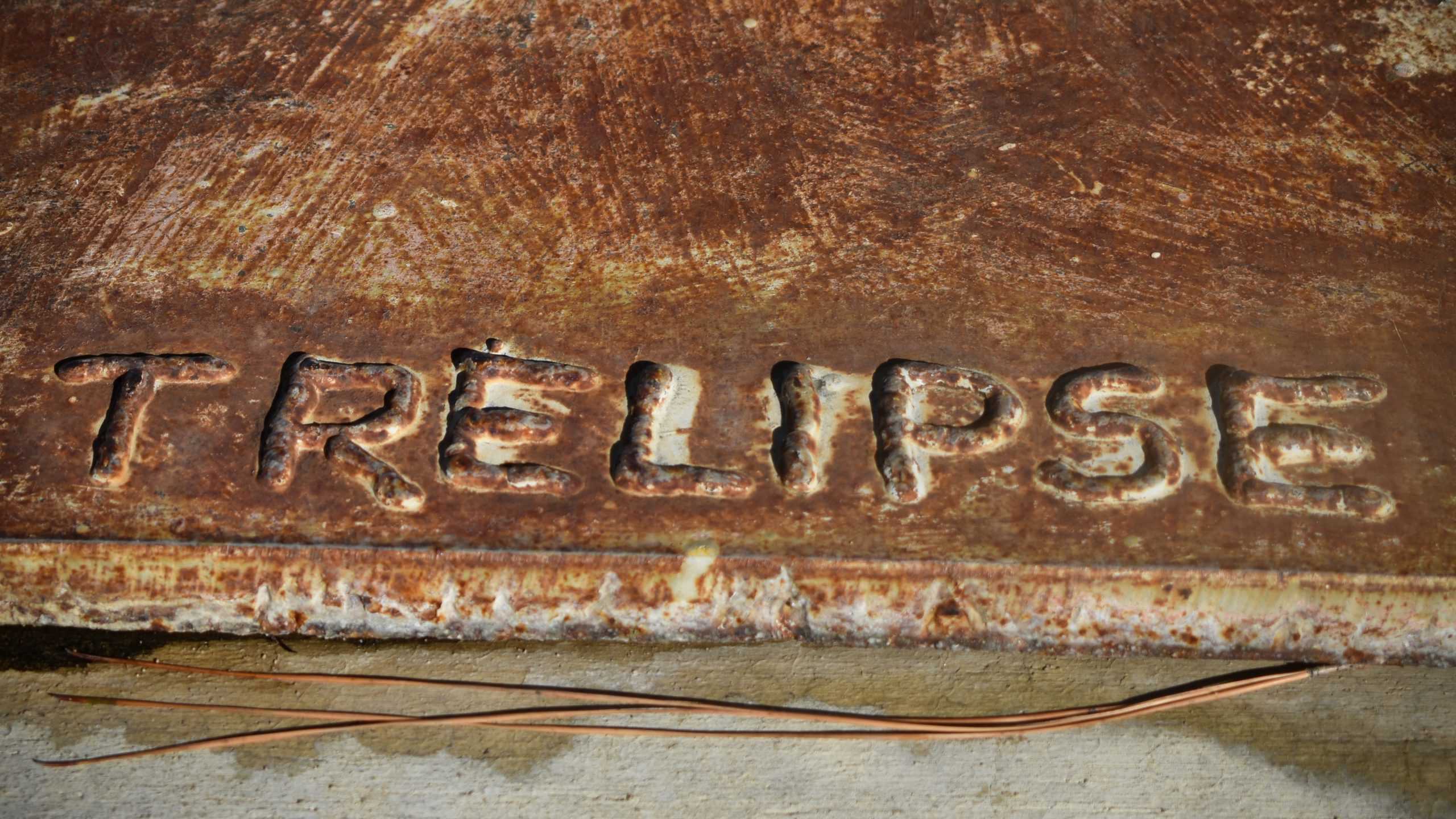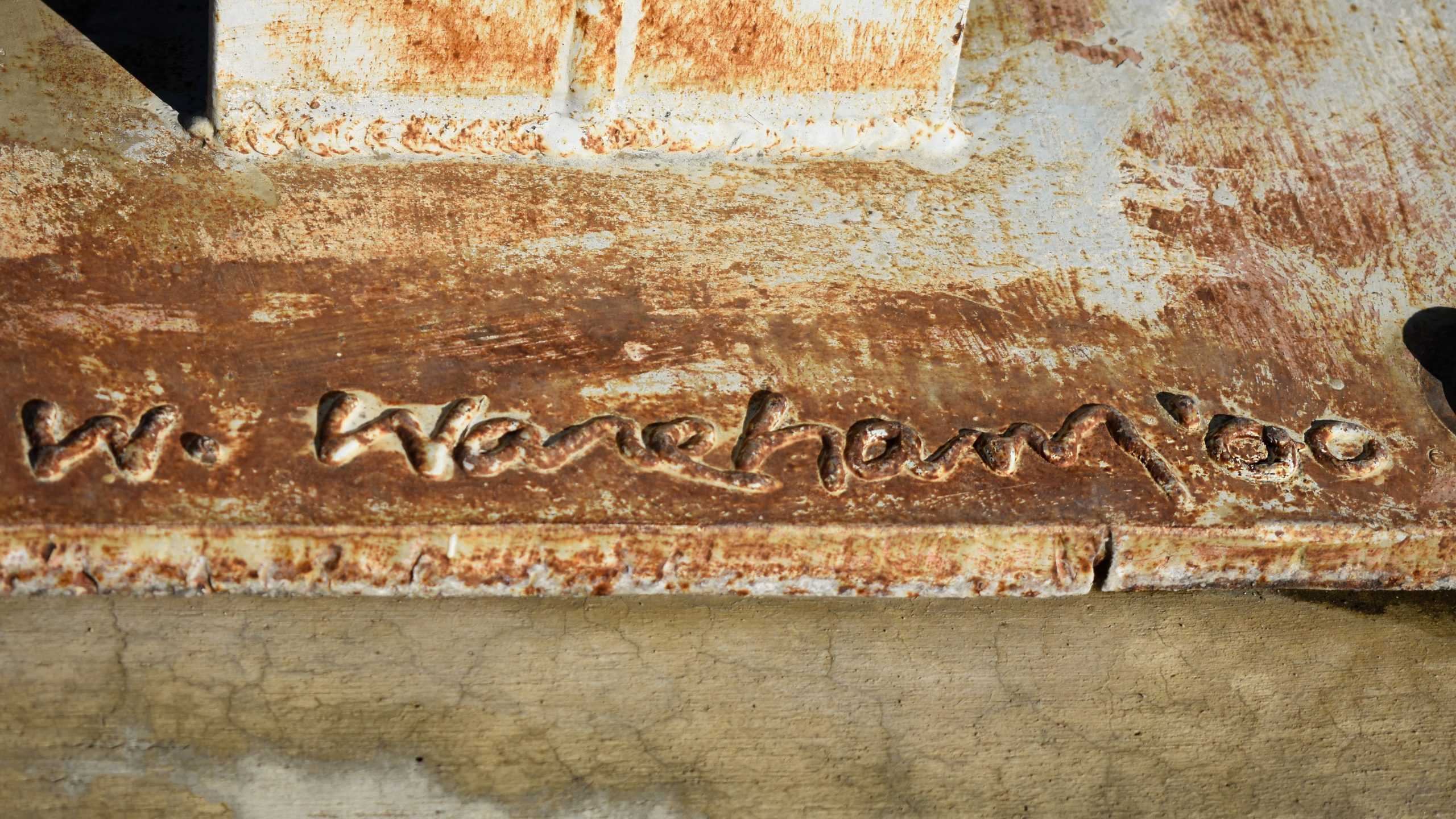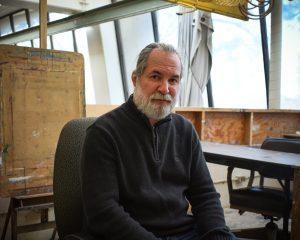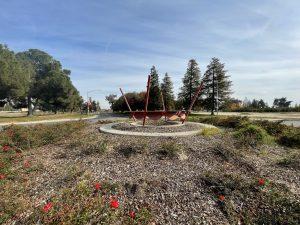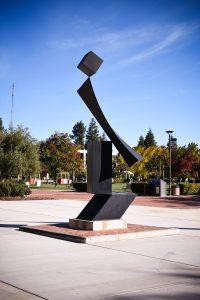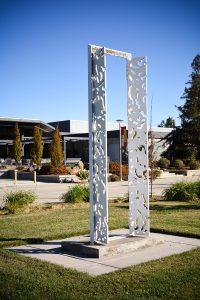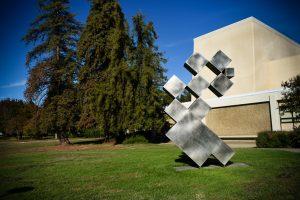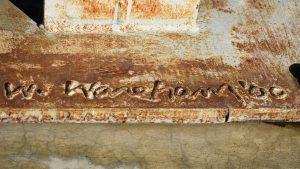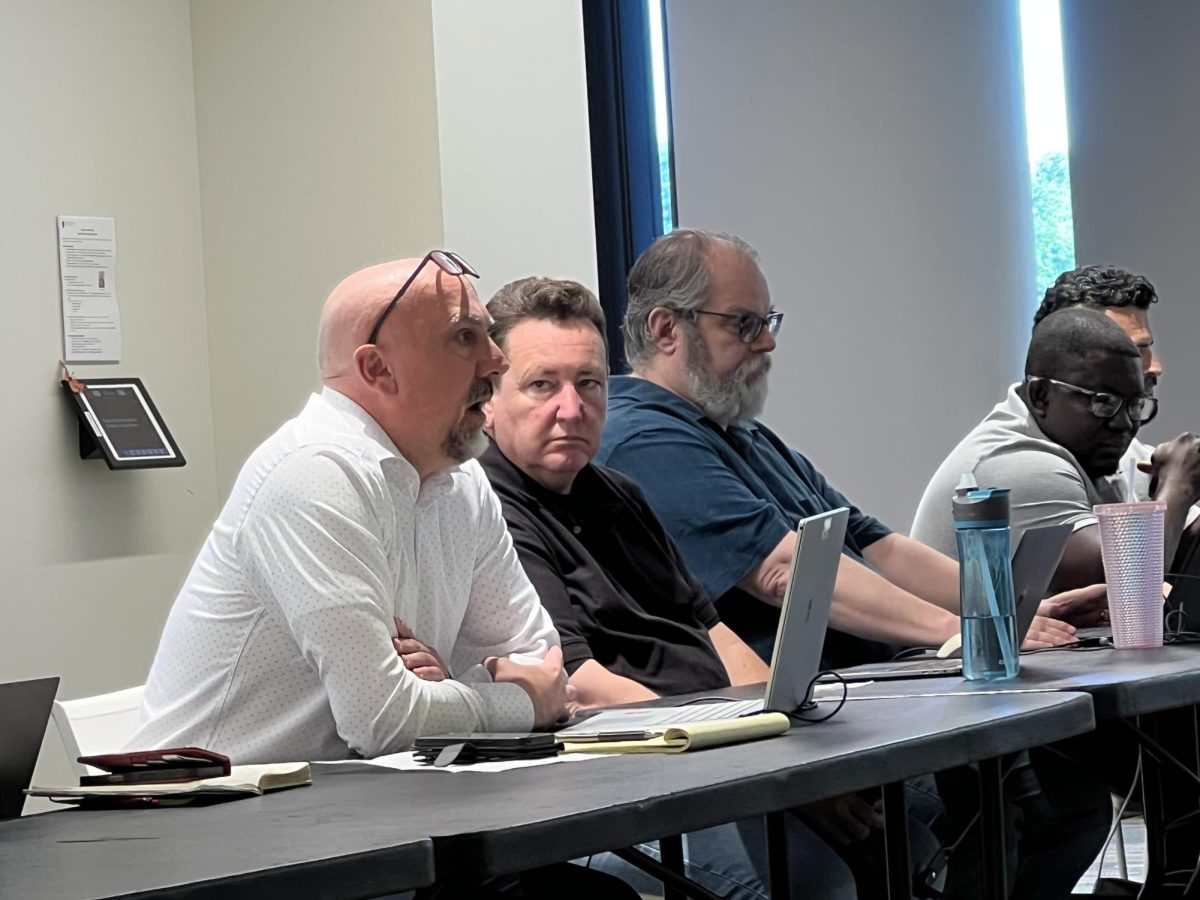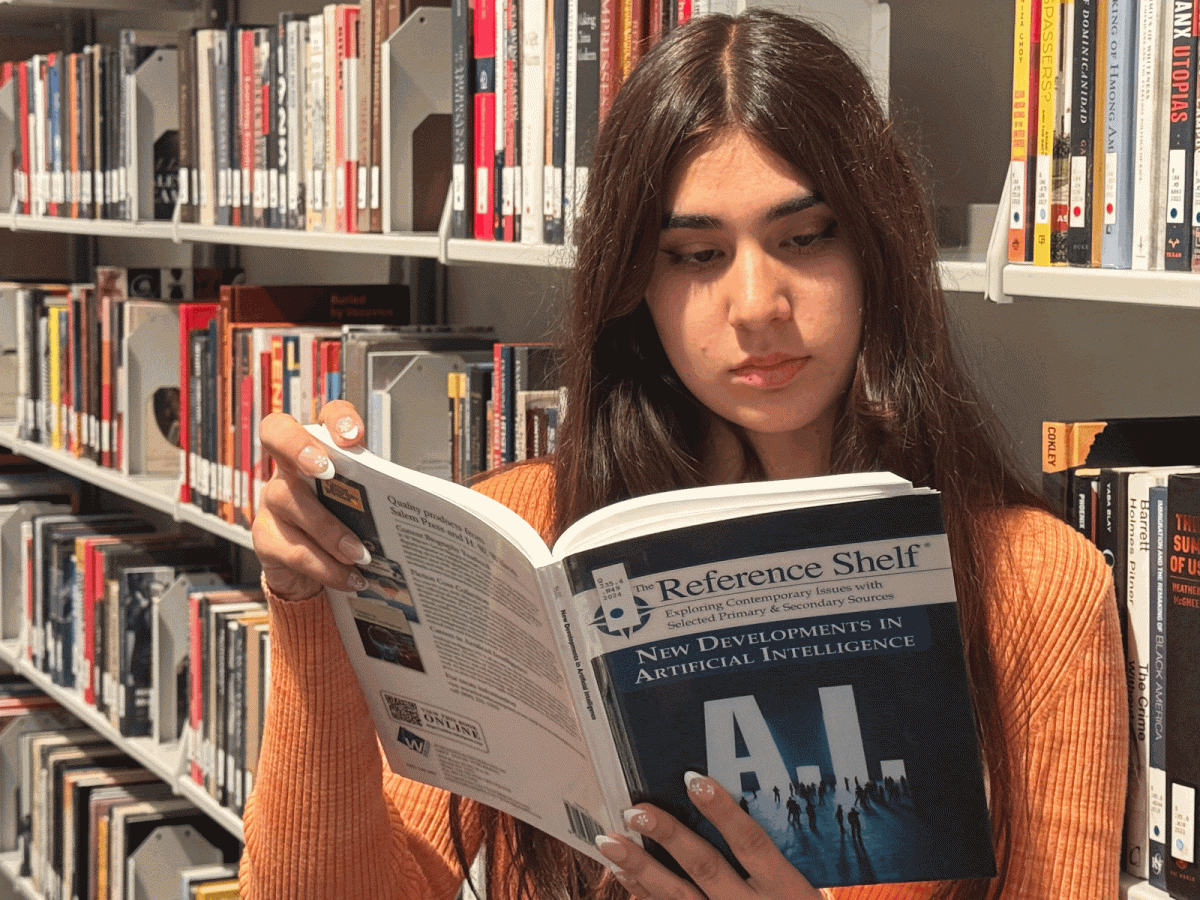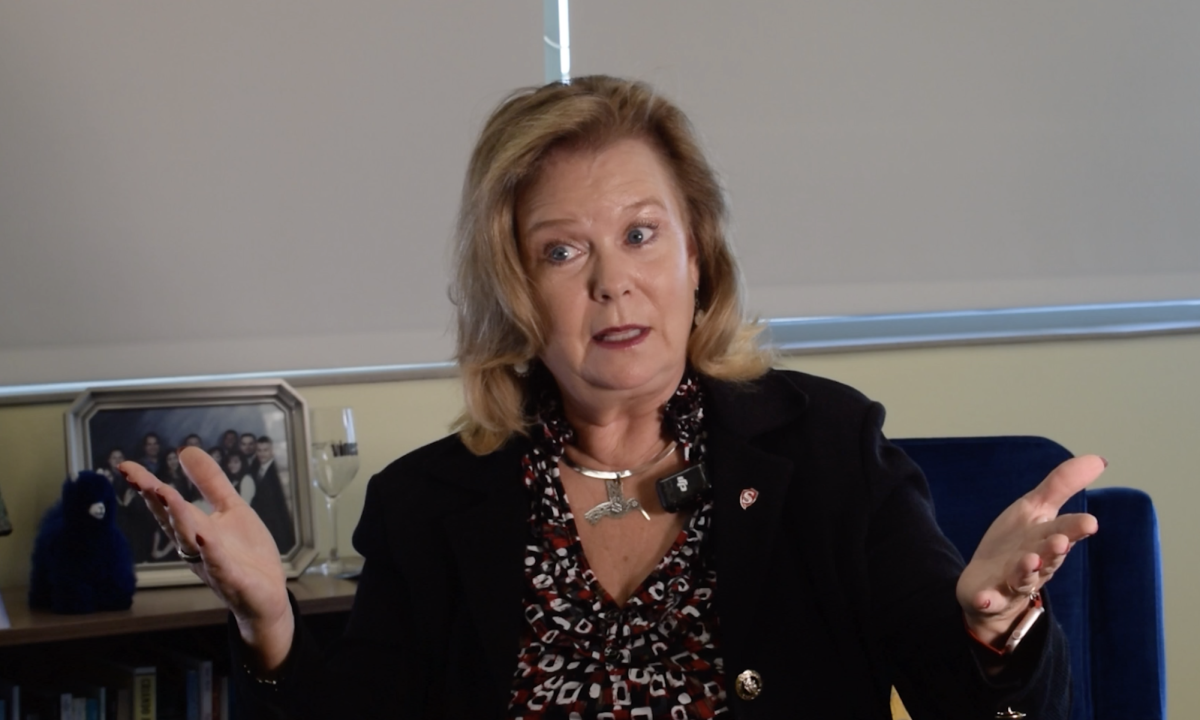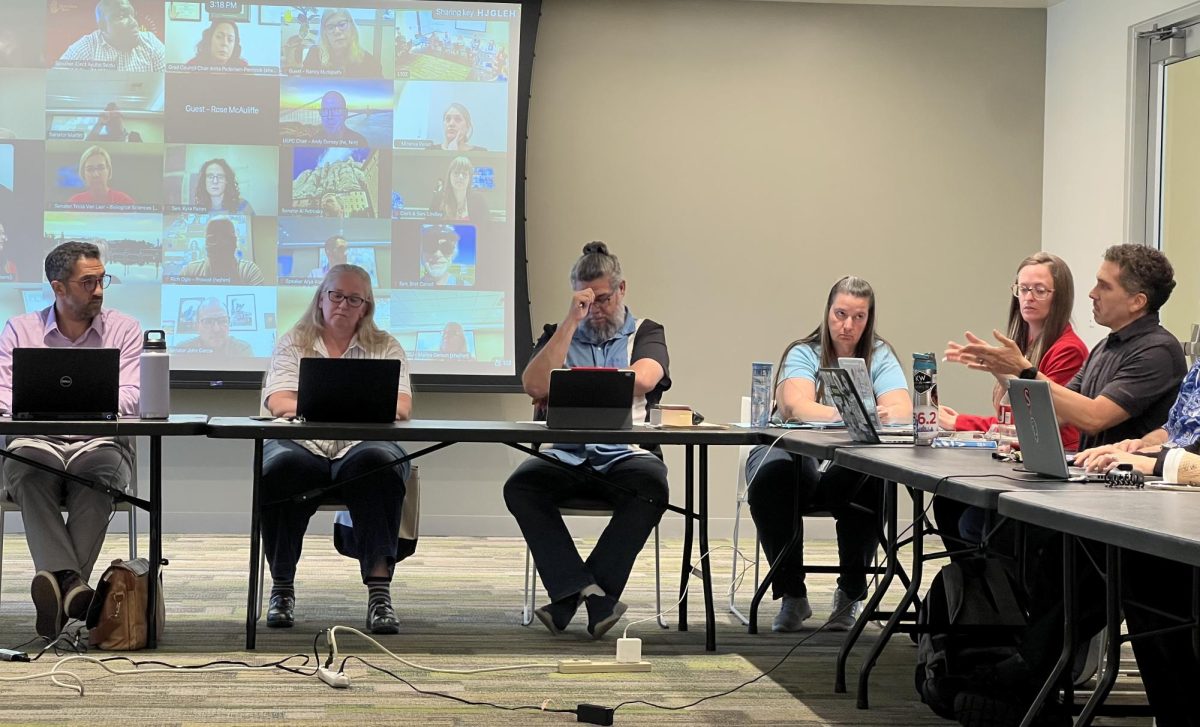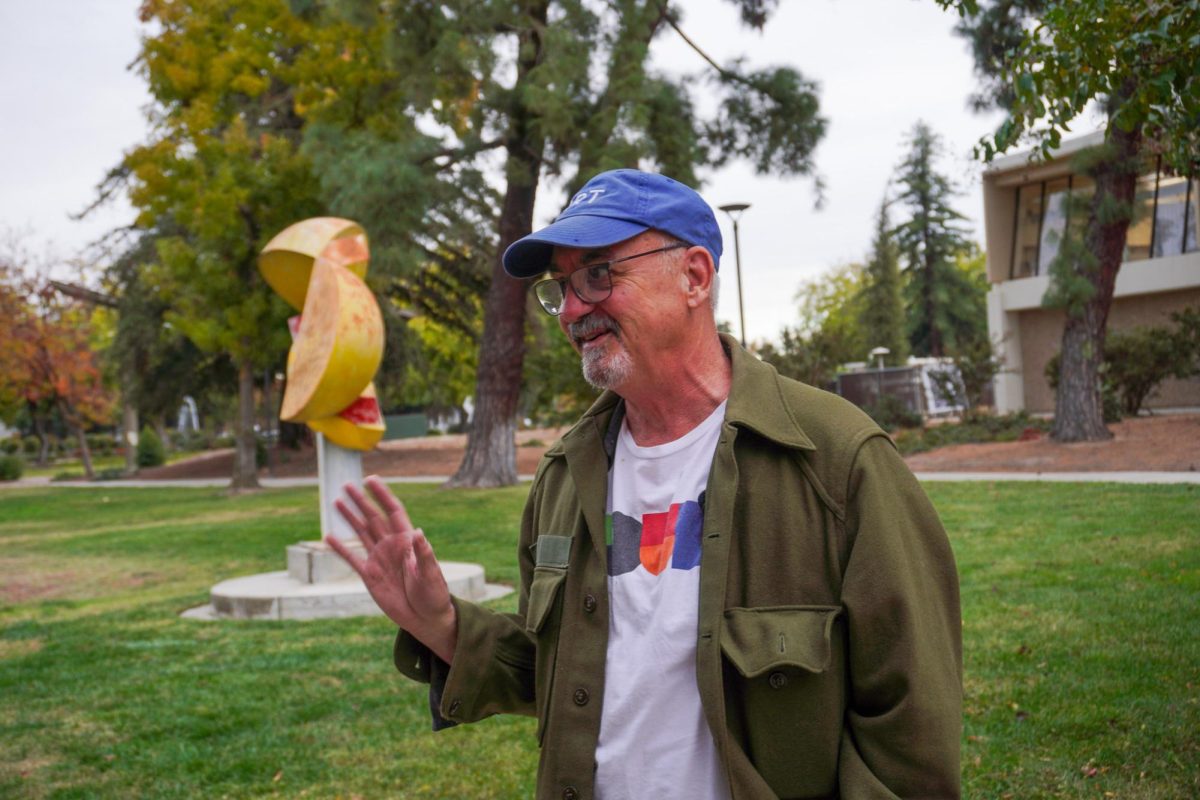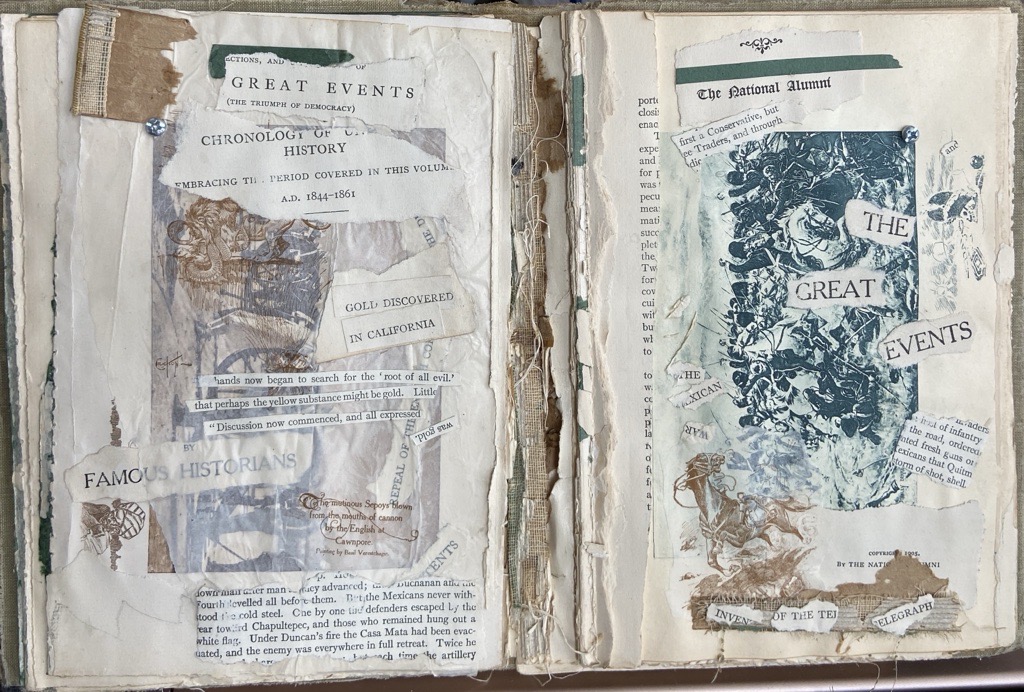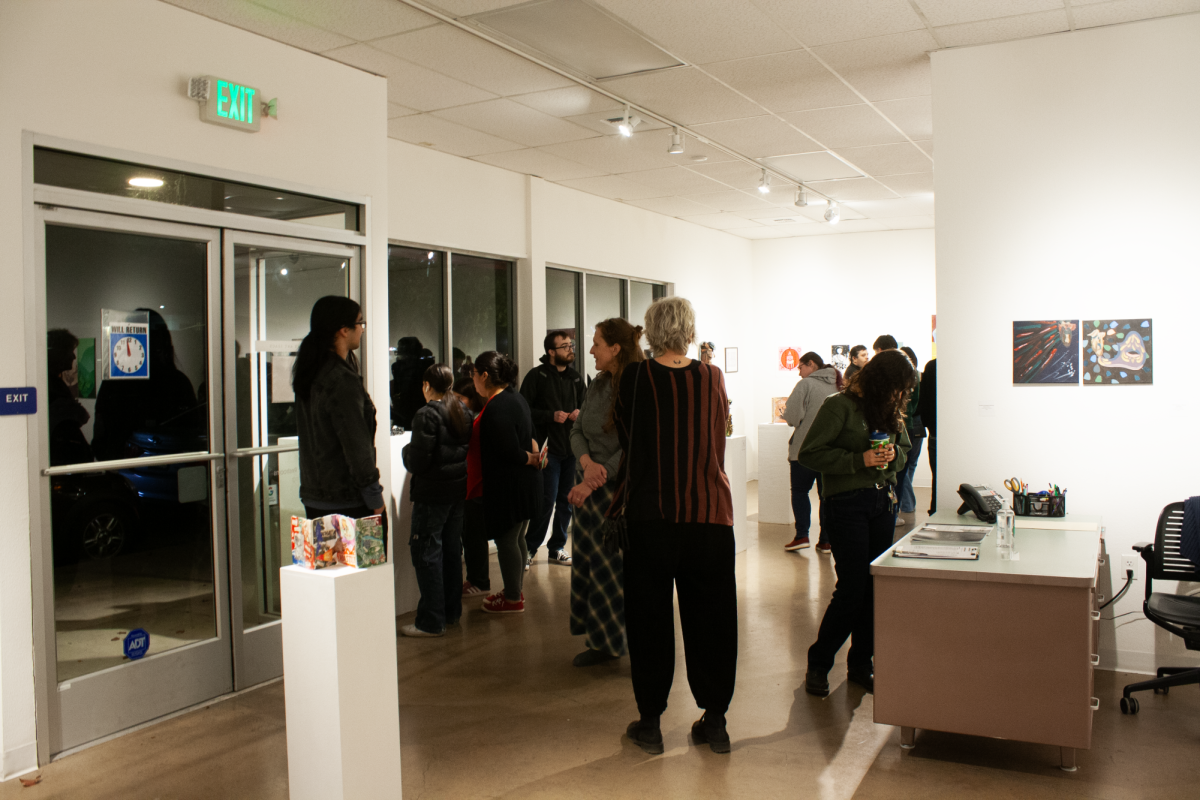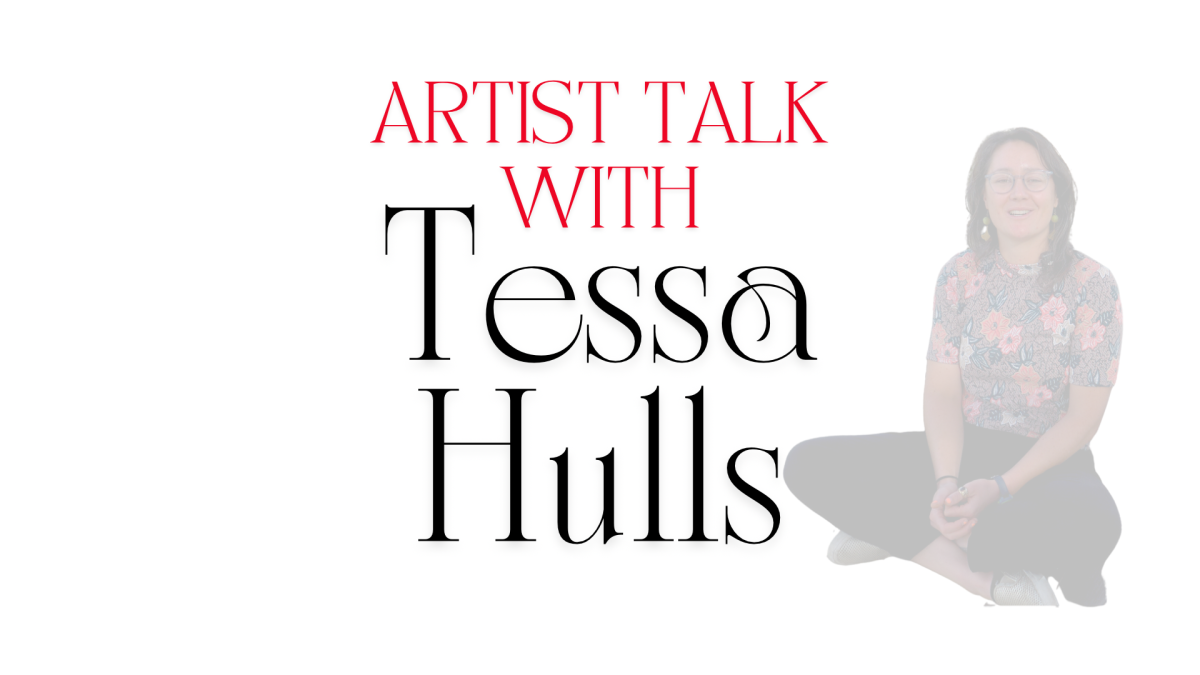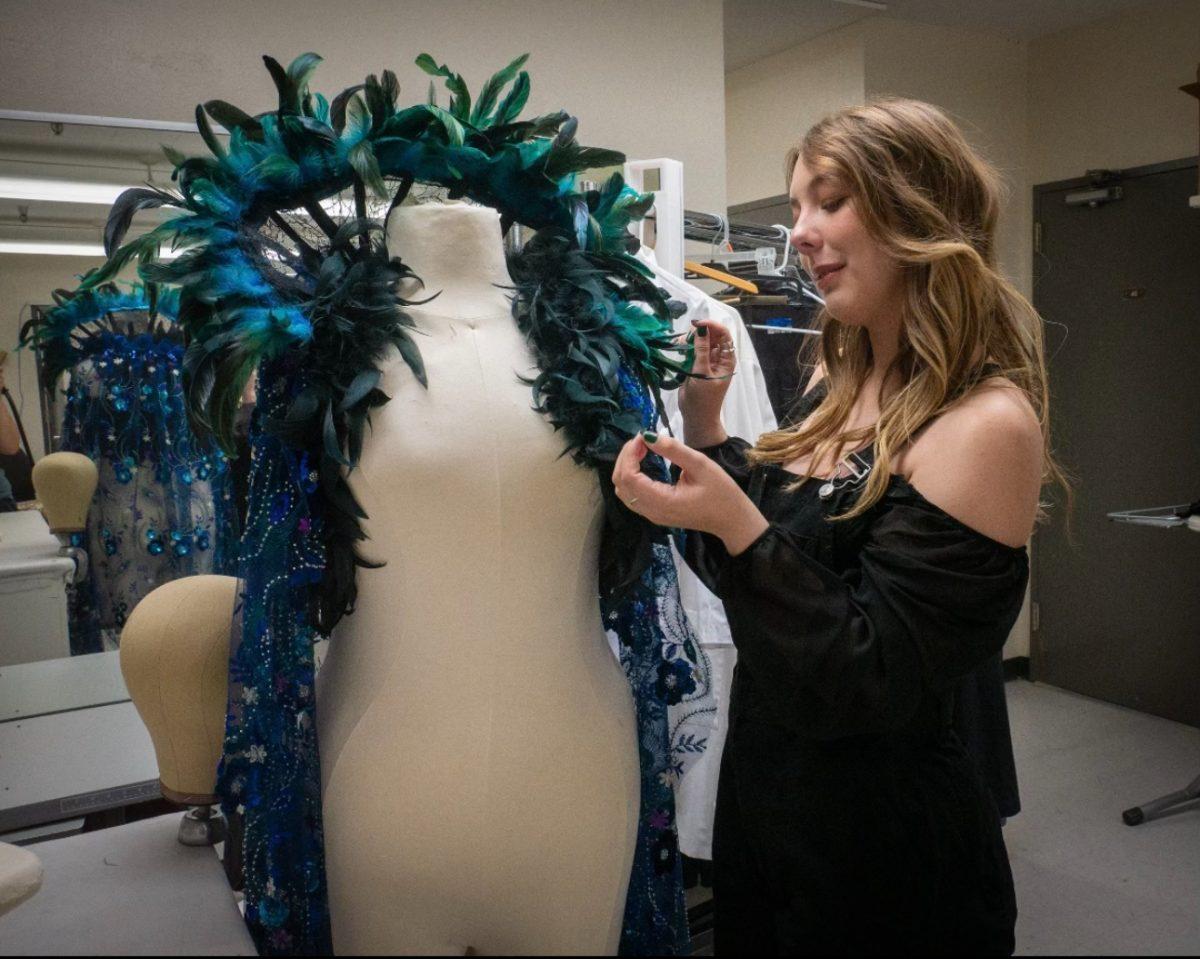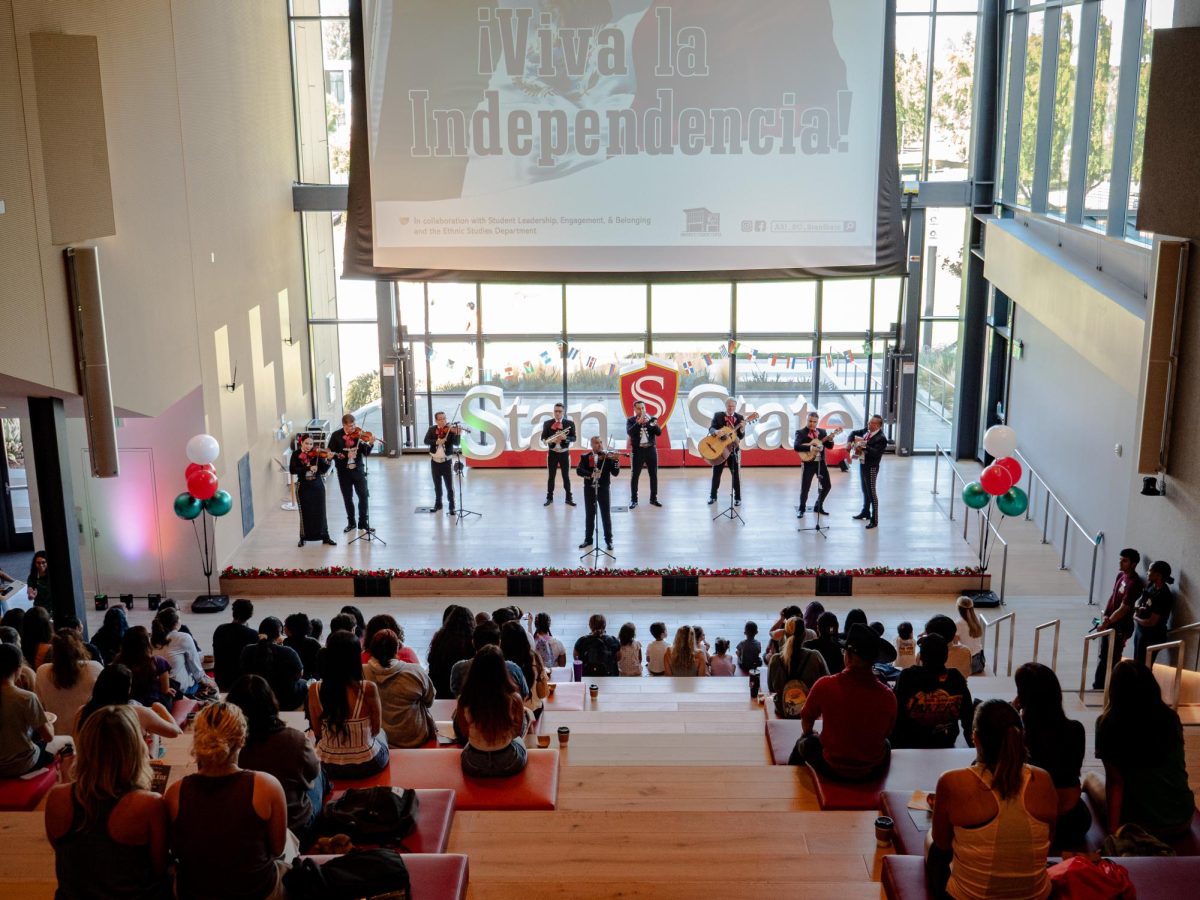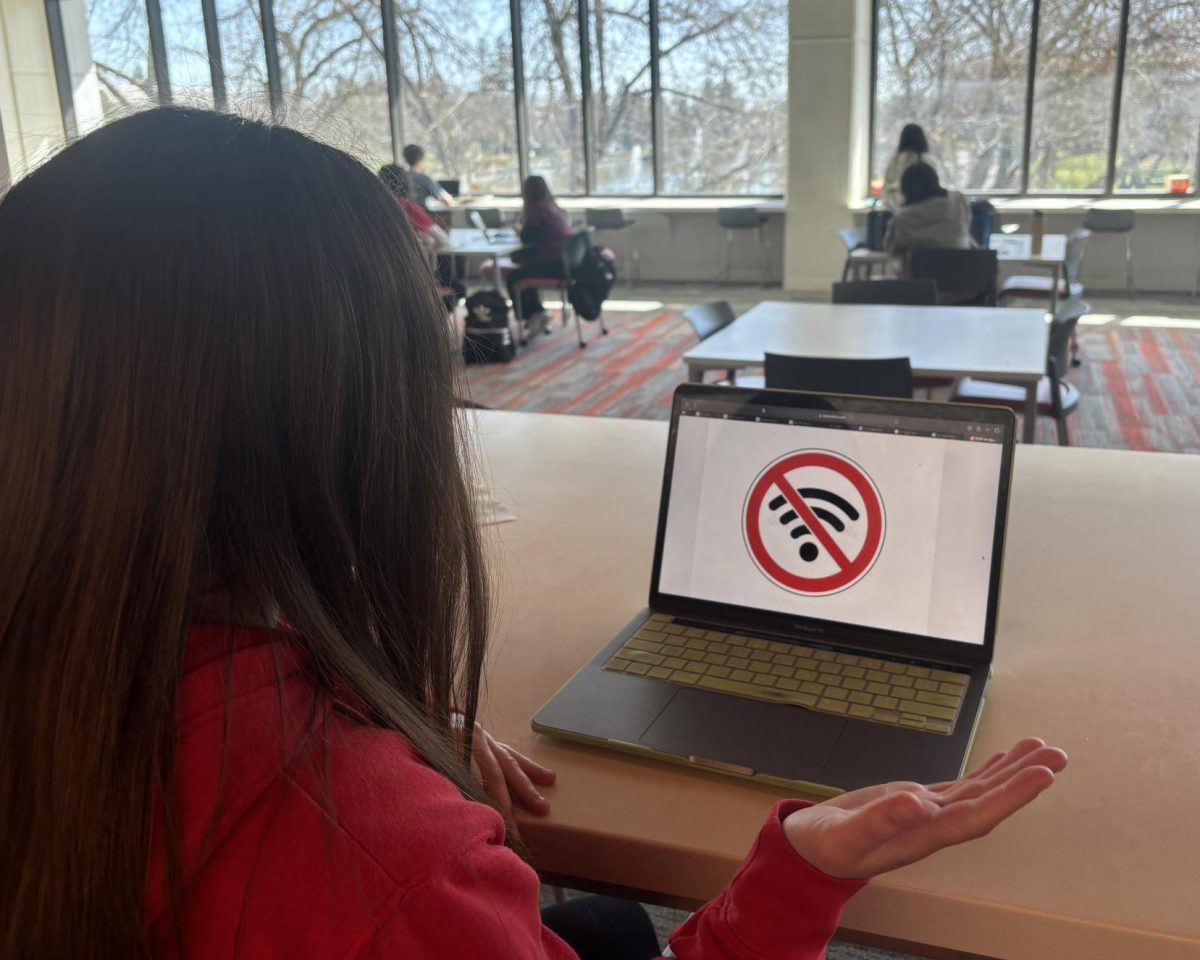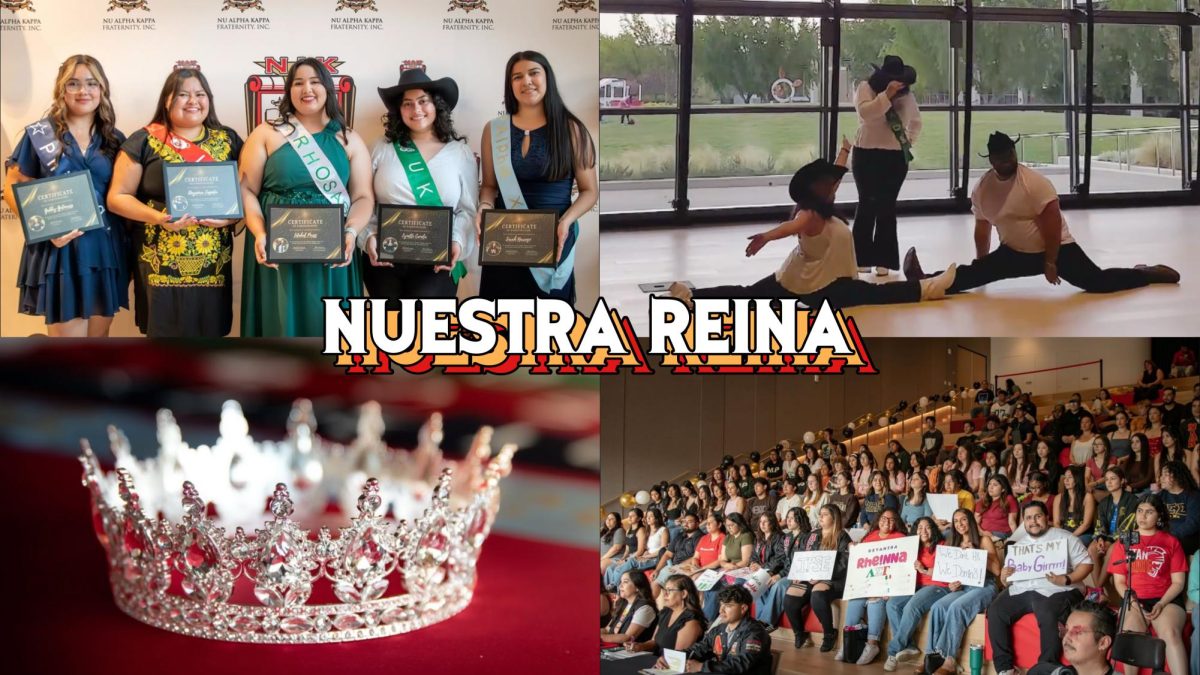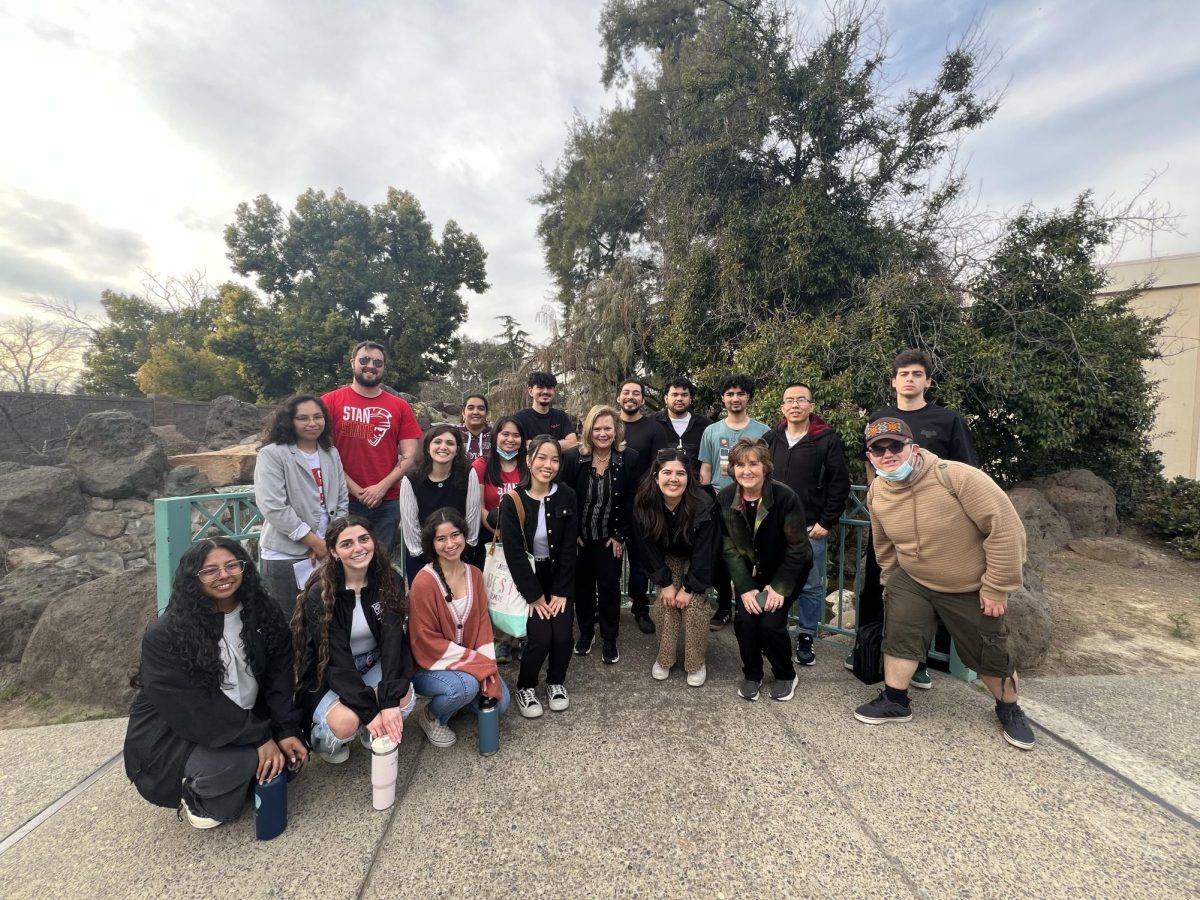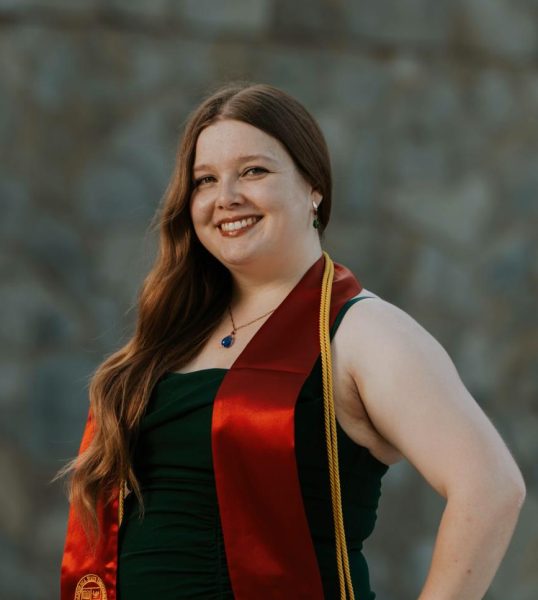Through the elements, the sculptures of CSU Stanislaus remain still, gently overlapping the architecture of the campus buildings. Many students are simply unaware of their background and what the future of this medium here at Stan State may look like.
Maria Mora is a Stan State alumna and currently works as an Educational Opportunity Program Lead Mentor on campus.
“The more that we know about something, the better we can be also as students and as employees,” she said of the unknown history behind the artworks on campus.
Elizabeth Jaimes (junior, Psychology) said, “I think that, yes, it would be nice to know a little bit more of like the background behind it, what motivated them or who it’s dedicated to.”
Oscar Trejo (senior, Psychology) added, “I think it is important because not only does it bring a sense of awareness to the sculpture itself and the artist, but it also offers the students a location where we can all come together and resonate with one particular object.”
Dan Edwards, an Associate Professor of Sculpture in the Art Department, has a deeply rich understanding of what the medium entails and has been teaching here at Stan State for eleven years. With this, he has come forward to share a brief background on some of the sculptures on campus and his thoughts regarding the future of what sculpting might look like here at Stan State.
According to Edwards, the yellow-wedged sculpture located near the art building, is called Trélipse (lent to the campus in 2000), and the red sculpture in the heart of Calaveras Drive’s roundabout are both curated by an artist named William Wareham. Despite the recent efforts of the University Committee for Public Art’s (UCPA) to contact him, he has elicited no response.
The white gate sculpture located near the Mary Stuart Rogers Building and the dark geometric piece near the J. Burton Vasché Library was crafted by a previous Stan State professor, John Barnett, who has since passed away.
The silver, geometric ‘David Smith-inspired’ sculpture just off of Mariposa Drive, tucked between the art and theater buildings, was curated by another previous Stan State professor, Ralph Parton.
Professor Parton played an integral role in officially establishing the Art Department at Stan State by designing the sculpture studio to incorporate unique technology into the program itself. Unfortunately, Parton has passed away as well.
A lot of the information surrounding these artworks is still largely unknown and unfortunately has been lost over time. Edwards believes that seeking out the general background information of the creator and the artwork itself would help provide some much-needed clarity and give due respect to the artists.
“The core of sculpture comes from the professors that had taught in the Sculpture Department,” Edwards said. “There should have been probably more representation of all the sculptors that are taught here.”
In reviewing the current state of sculptures on campus, Edwards also shared what he envisions and what projects the future may have in store for current sculpture students.
According to Edwards, there has been talk of officially installing concrete pads in the grassy field near the art building to feature current students’ work. The plans to fulfill the project have been written up and prepared and they lie with the campus’ planning committee, yet to be completed.
Edwards believes that adding concrete slabs to the campus would inspire sculpture students to take the initiative to fill that space, and it would create opportunities to help them gain the confidence to feature their work in public spaces after they graduate.
“I was thinking back to my own history and to jump into making public sculptures outside of school after I graduated would have been very daunting, it might not have ever happened,” he said. “But to happen in a safe space and school, that enabled me to get a lot of commissions after I graduated, you know that’s the starting place.”


